Table of Contents
ToggleWhat to Eat for a Better, Healthier You
One of the most common health questions people ask is: what to eat? And it’s not surprising — with conflicting information, fad diets, and social media trends, food choices can feel more confusing than ever.
But the truth is, eating well doesn’t have to be complicated. It’s about making intentional, informed decisions that support your body’s natural rhythm. Whether you’re aiming to boost your energy, maintain a healthy weight, or simply feel better day-to-day, learning what to eat is the first and most powerful step in your wellness journey.
In this guide, we’ll explore practical and flexible answers to what to eat, broken down into 13 smart food choices rooted in science and tailored for real life. The Healthians beginner’s guide, “Clean & Simple Eats”, offers practical tips for creating wholesome, minimalist meals using fresh ingredients like whole grains, lean proteins, and seasonal vegetables—perfect for anyone starting a journey toward healthier, simpler eating
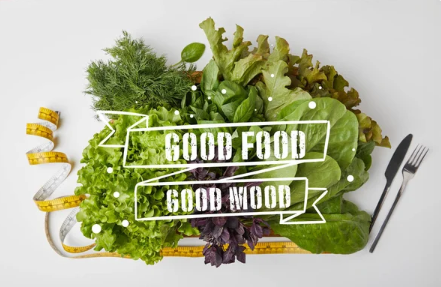
1. Whole Grains: The Foundation of Energy
When thinking about what to eat, whole grains should be near the top of the list. Unlike refined grains, whole grains retain their fiber and nutrients, providing long-lasting energy and supporting digestive health.
Smart picks: Brown rice, quinoa, oats, whole wheat, barley, and millet.
They’re rich in B vitamins, iron, and magnesium, and they help regulate blood sugar. Try swapping white rice with quinoa or adding oats to your breakfast for a powerful start to your day.
2. Leafy Greens: Nutrient Powerhouses
Leafy greens like spinach, kale, arugula, and Swiss chard are packed with vitamins A, C, and K, along with antioxidants and minerals like calcium and iron.
If you’re unsure what to eat for stronger bones and better immunity, leafy greens should be a staple in your diet. Add them to salads, smoothies, or sauté them with olive oil and garlic for a delicious and simple side dish.
3. Lean Proteins: Building Blocks of Strength
Your body needs protein to build and repair tissues, make enzymes and hormones, and support muscle health. Knowing what to eat for sufficient protein intake can transform how your body performs and recovers.
Smart picks: Eggs, chicken breast, tofu, lentils, Greek yogurt, and fish like salmon or mackerel.
Combine lean proteins with whole grains and veggies for a complete, balanced meal that keeps you full and focused.
4. Colorful Vegetables: Eat the Rainbow
Every color in fruits and vegetables represents different phytonutrients. Red peppers contain vitamin C, orange carrots offer beta-carotene, and purple cabbage delivers antioxidants.
When deciding what to eat, variety matters. Try to fill half your plate with vegetables in different colors — raw, roasted, steamed, or blended into soups and smoothies.

5. Healthy Fats: Don’t Fear the Fat
Not all fats are bad. In fact, healthy fats are essential for brain function, hormone production, and absorbing fat-soluble vitamins.
Smart picks: Avocados, nuts, seeds, extra virgin olive oil, and fatty fish.
If you’ve been unsure what to eat for heart health, these fats are a great place to start. Just remember, even healthy fats are calorie-dense, so moderation is key.
6. Legumes and Beans: Budget-Friendly Nutrition
Beans, lentils, chickpeas, and peas are protein-packed, fiber-rich, and incredibly versatile. They’re also cost-effective, making them a great option when planning what to eat on a budget.
Legumes support gut health, stabilize blood sugar, and reduce cholesterol. Use them in soups, salads, curries, or even as meat substitutes in dishes like tacos or burgers.
7. Berries and Fruits: Natural Sweetness with Benefits
.

Fruits are nature’s candy — sweet, satisfying, and filled with fiber, vitamins, and antioxidants. Berries, in particular, are known for their anti-inflammatory properties.
Smart picks: Blueberries, strawberries, bananas, oranges, apples, and mangoes.
If you’re wondering what to eat to curb sugar cravings, grab a handful of fruit instead of reaching for sweets. Your body — and your blood sugar — will thank you.
8. Fermented Foods: Gut Health Heroes
Your gut is home to trillions of bacteria that affect digestion, immunity, and even mood. When deciding what to eat for gut health, fermented foods offer live probiotics that help maintain a healthy balance.
Smart picks: Yogurt with live cultures, kefir, sauerkraut, kimchi, miso, and tempeh.
Incorporating these into your diet can enhance nutrient absorption, reduce bloating, and strengthen your immune system.
9. Nuts and Seeds: Small but Mighty
Don’t underestimate these little nutritional powerhouses. Nuts and seeds are rich in healthy fats, protein, fiber, and essential nutrients like zinc, magnesium, and vitamin E.
Smart picks: Almonds, walnuts, chia seeds, flaxseeds, pumpkin seeds, and sunflower seeds.
They’re ideal for snacking, adding to smoothies, or sprinkling over salads and oatmeal. When considering what to eat between meals, nuts and seeds can keep you energized without a blood sugar crash.
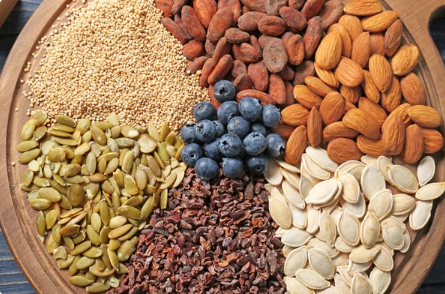
10. Hydrating Foods: Fuel and Fluid in One
While water is the best way to stay hydrated, certain foods also provide hydration along with nutrients.
Smart picks: Cucumbers, watermelon, oranges, tomatoes, celery, and lettuce.
If you find plain water boring or hard to remember, these hydrating foods can help you meet your daily fluid needs — a key part of your what to eat plan.
11. Herbs and Spices: Flavor with Function
Herbs and spices don’t just add flavor — many have anti-inflammatory and healing properties.
Smart picks: Turmeric, ginger, cinnamon, garlic, parsley, coriander, and rosemary.
If you’re exploring what to eat to reduce inflammation or boost immunity, don’t forget your spice rack. A pinch of turmeric in your soup or cinnamon in your smoothie can go a long way.
12. Smarter Snacking: Choose Quality Over Quantity
Snacks aren’t the enemy — mindless snacking is. The right snack at the right time can help maintain energy levels and prevent overeating later.
Smart picks: Apple slices with peanut butter, Greek yogurt with berries, hummus with veggies, or a handful of trail mix.
When asking yourself what to eat between meals, focus on whole food combinations that include protein, fiber, and healthy fat.
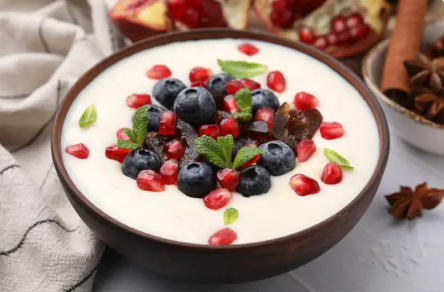
13. Occasional Treats: Balance Over Perfection
A healthy diet doesn’t mean avoiding all indulgences. It means learning how to enjoy them without guilt or excess.
Whether it’s a slice of cake on your birthday or pizza on a Friday night, what matters is consistency over time — not perfection every single day. Part of understanding what to eat includes knowing how to enjoy food emotionally and socially while staying on track with your goals.
Final Takeaway: Food Is Fuel, Joy, and Medicine
Knowing what to eat isn’t about restriction — it’s about making choices that help you feel your best. Focus on nourishing your body with whole, real foods most of the time, and allow space for enjoyment and flexibility. Healthline’s latest guide, “50 Super Healthy Foods”, showcases a diverse range of nutrient‑dense whole foods—from berries, leafy greens, and lean proteins to nuts, seeds, and healthy fats—to help you build balanced meals that support overall well‑being
Start small. Make one or two changes this week — maybe switch white bread for whole grain, or add one new veggie to your dinner plate. Over time, those small choices add up to major results.
You deserve to feel energized, clear-minded, and strong — and the food you choose plays a powerful role in that. So the next time you wonder what to eat, let this guide remind you that food is more than fuel; it’s your daily opportunity to thrive
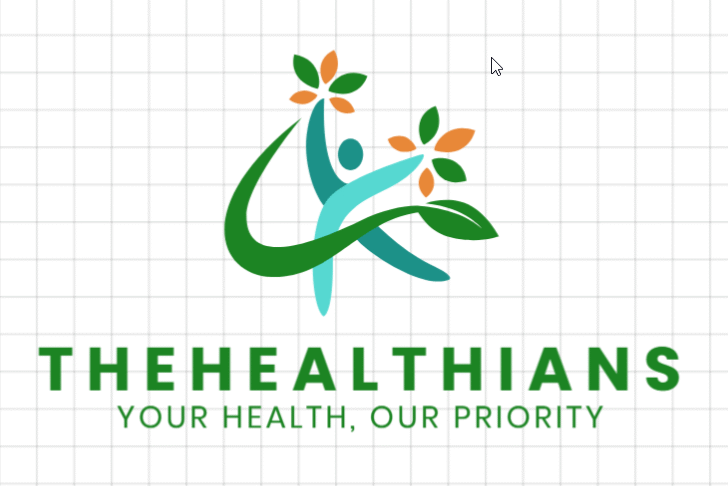
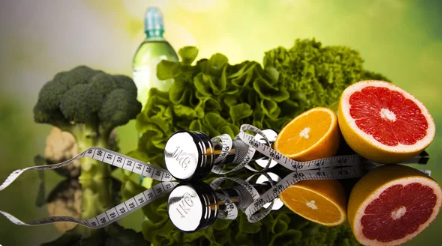
2 thoughts on “What to Eat: 13 Smart Food Choices That Nourish Your Body and Mind”